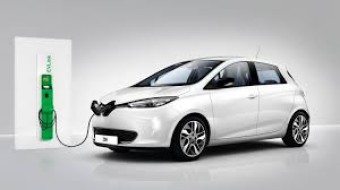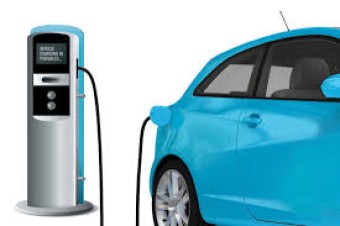Taksi Helsinki appoints Jari Kantonen as GM
Jari Kantonen, aged 49, has been appointed as General Manager of Taksi Helsinki. He starts in the position at the end of spring 2017. Jari Kantonen was most recently the Head of Rail traffic services department at Finrail Oy. Prior to Finrail Oy, he acted as the Operations Director for G4S Finland.
Jari Kantonen has valuable leadership experience from working in both logistics and security and his way of working is based on being an open, collaborative and decisive leader. Kantonen is a strong strategy expert who has taken part in developing companies during major change phases. He brings additional power to Taksi Helsinki’s successful further development.
- ‘Change manager’ Jari Kantonen will be leading Taksi Helsinki.









